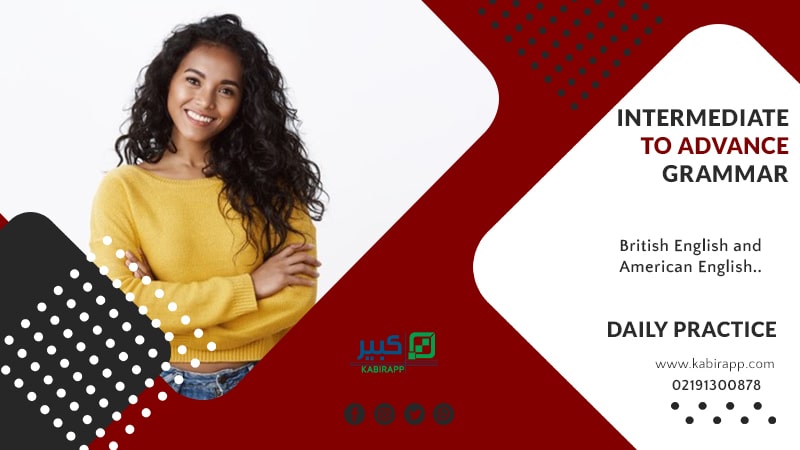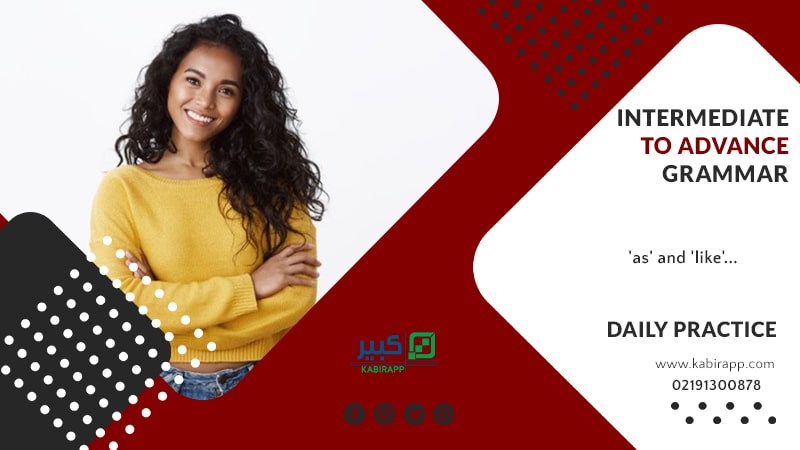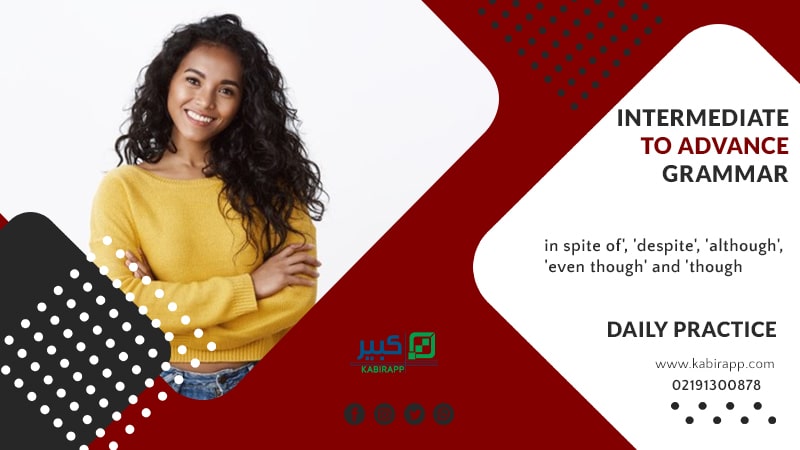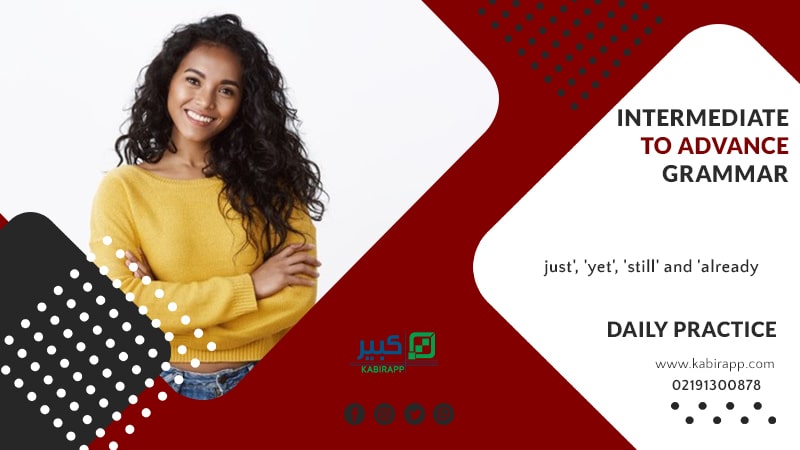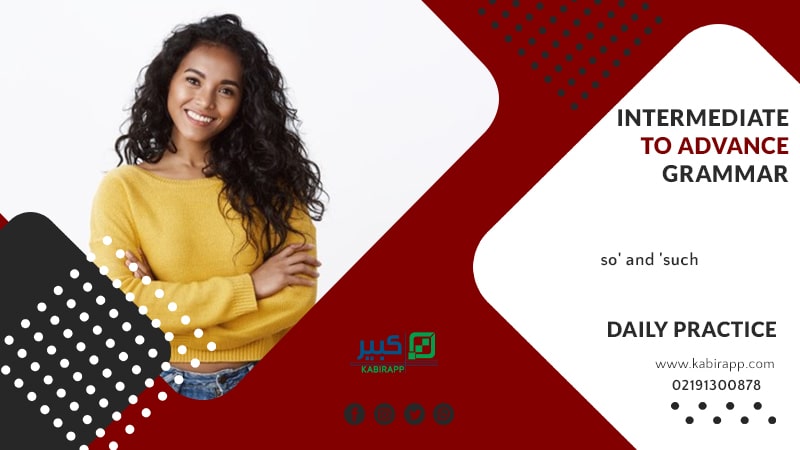Shall I open the door for you?
He's taking a shower.
France have won the World Cup.
I'm not hungry. I just ate.
Grammar explanation
The main difference between British English and American English is in pronunciation. Some words are also different in each variety of English, and there are also a few differences in the way they use grammar. Here are five of the most common grammatical differences between British and American English.
1. Present perfect and past simple
In British English, people use the present perfect to speak about a past action that they consider relevant to the present.
The present perfect can be used in the same way in American English, but people often use the past simple when they consider the action finished. This is especially common with the adverbs already, just and yet.
| British English | American English |
He isn't hungry. He has already had lunch.
- Have you done your homework yet?
- Yes, I've just finished it. | He isn't hungry. He already had lunch.
- Did you do your homework yet?
- Yes, I just finished it. |
2. got and gotten
In British English, the past participle of the verb get is got.
In American English, people say gotten.
** Note that have got is commonly used in both British and American English to speak about possession or necessity. have gotten is not correct here.
| British English | American English |
You could have got hurt!
He's got very thin.
She has got serious about her career. BUT:
Have you got any money?
We've got to go now. | You could have gotten hurt!
He's gotten very thin.
She has gotten serious about her career. BUT:
Have you got any money? (NOT Have you gotten ...)
We've got to go now. (NOT We've gotten to ...) |
3. Verb forms with collective nouns
In British English, a singular or plural verb can be used with a noun that refers to a group of people or things (a collective noun). We use a plural verb when we think of the group as individuals or a singular verb when we think of the group as a single unit.
In American English, a singular verb is used with collective nouns.
** Note that police is always followed by a plural verb.
| British English | American English |
My family is/are visiting from Pakistan.
My team is/are winning the match.
The crew is/are on the way to the airport. BUT:
The police are investigating the crime. | My family is visiting from Pakistan.
My team is winning the match.
The crew is on the way to the airport. BUT:
The police are investigating the crime. |
4. have and take
In British English, the verbs have and take are commonly used with nouns like bath, shower, wash to speak about washing and with nouns like break, holiday, rest to speak about resting.
In American English, only the verb take (and not the verb have) is used this way.
| British English | American English |
I'm going to have/take a shower.
Let's have/take a break. | I'm going to take a shower.
Let's take a break. |
5. shall
In British English, people often use Shall I ...? to offer to do something and/or Shall we ...? to make a suggestion.
It is very unusual for speakers of American English to use shall. They normally use an alternative like Should/Can I ...? or Do you want/Would you like ...? or How about ...? instead.
| British English | American English |
It's hot in here. Shall I open the window?
Shall we meet in the café at 5?
Shall we try that again? | It's hot in here. Can I open the window?
Do you want to meet in the café at 5?
How about we try that again?
|
